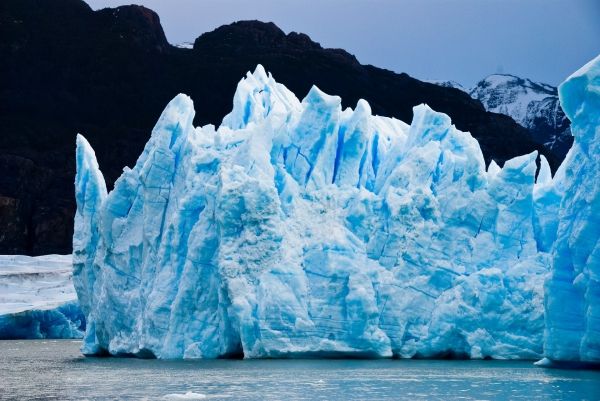As glaciers flow outward from the Greenland Ice Sheet, what lies beneath them offers clues to their role in future ice thinning and sea-level rise contribution.
Outlet glaciers are rivers of ice flowing within the cracks of the bedrock and draining into the surrounding sea. They retreat and start to thin as climate warms, and this thinning works its way toward the center of the ice sheet. Now, by looking at the bed topography beneath the ice, scientists have a better understanding of which glaciers could have a significant impact on the Greenland Ice Sheet’s contribution to sea-level rise in coming years. They found that some glaciers flowing over gentler slopes could have a greater impact than previously thought. The gentle slopes allow thinning to spread from the edge of the ice sheet far into the interior, whereas glaciers with steep drops in their bed topographies limit how far into the interior thinning can spread.
The research, which was published December 11th in Geophysical Research Letters, analyzed 141 outlet glaciers on the Greenland Ice Sheet to predict how far into the interior thinning may spread along their flow lines, starting from the ocean edge.
“What we discovered is some glaciers flow over these steep drops in the bed, and some don’t,” said lead author Denis Felikson with NASA’s Goddard Space Flight Center in Greenbelt, Maryland, and the Universities Space Research Association (USRA). “For the glaciers that do have that steep drop in the bed, thinning can’t make its way past those drops.” Borrowing a term from geomorphology – the study of Earth’s physical features – they coined these steep drop features “knickpoints.”
Read more at: NASA/Goddard Space Flight Center
Photo Credit: LuisValiente via Pixabay


